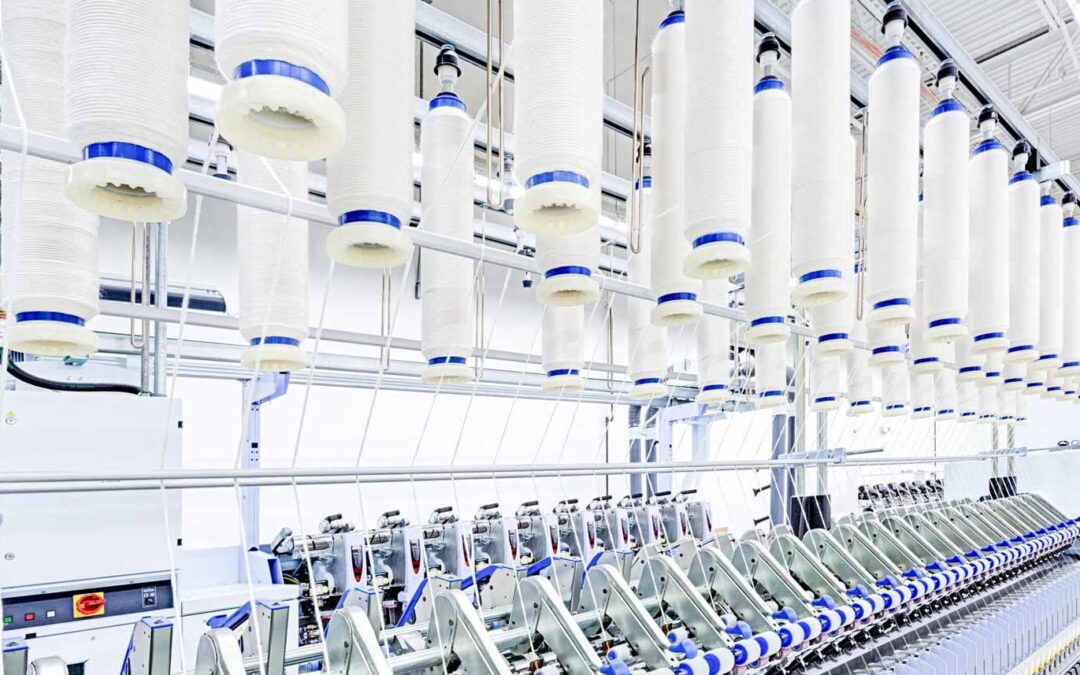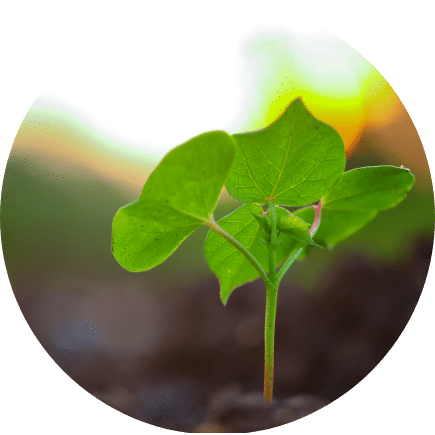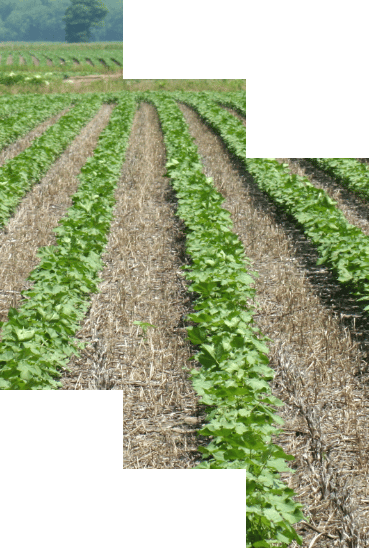Improving the Soil to Protect the Land
Our planet only has so much space, and our use of that available space is changing as the population grows. As our needs change and grow, so does the need to optimize how we use the land. Healthy soil is crucial to ensure the effective use of agricultural land. Since the late 1990s, cotton has made great strides in improving soil health, which is critical to ensuring that crops can thrive over time. Growers around the world are embracing the benefits of improved soil health and have begun adopting conservation practices, such as no-till/low-till agriculture and the use of cover crops, to the benefit of soil health.
Because of the increased adoption of these practices, cotton’s land use has declined 30% since 1980, according to a report by Field to Market, the Alliance for Sustainable Agriculture. (Metric is planted acres per lb of lint).1 In the U.S., cotton yields have doubled over the past three decades even as the space used for planting has declined. These impressive gains have been made possible using higher-yielding cotton varieties developed through both genetic modification and conventional breeding, as well as the adoption of innovative techniques such as precision fertilization, contour farming, conservation tillage, cover cropping and diverse crop rotations.
Today, the U.S. cotton industry is seeking to further improve soil health. U.S. cotton growers have committed improving soil carbon by 30 percent and decreasing soil loss per acre by 50 percent in the ten-year period between 2015 and 2025.



